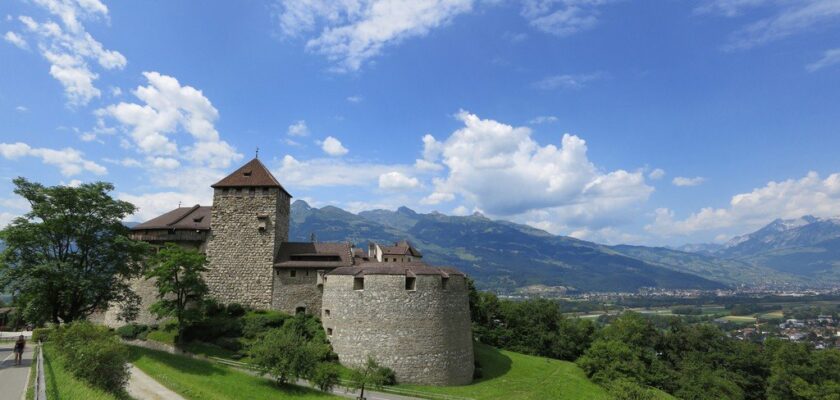Vaduz Castle
Vaduz Castle is one of the most beautiful castles in Liechtenstein and the residence of the prince, located above the capital of the principality, the city of Vaduz. There is no documentary information about when this fortress appeared. According to historians, it could have happened in the 12th century, because that’s when the central tower and buildings in the east of the castle were erected.
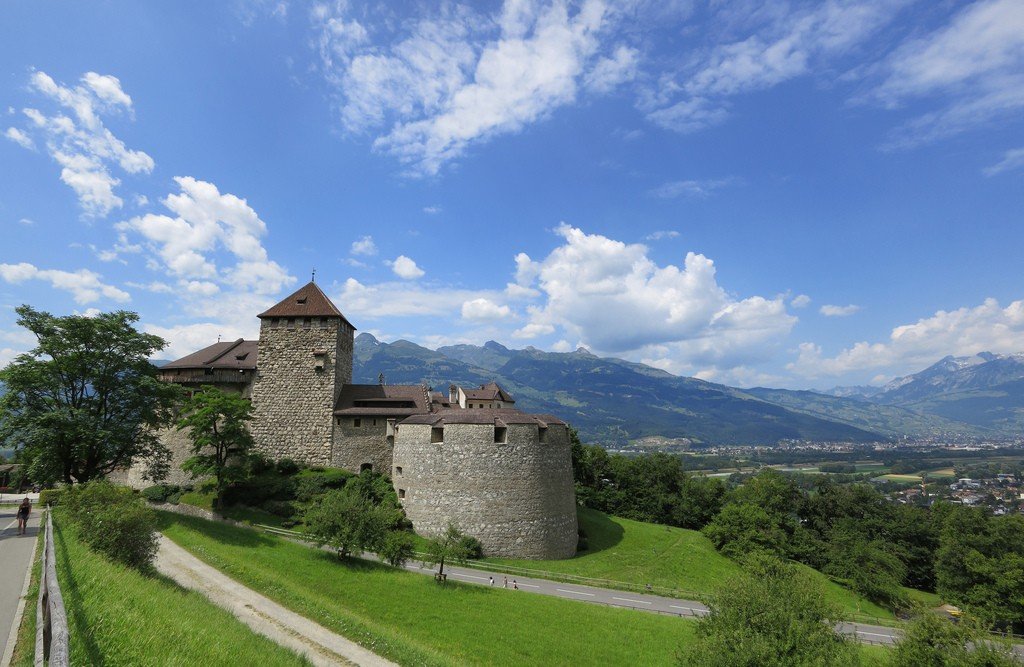
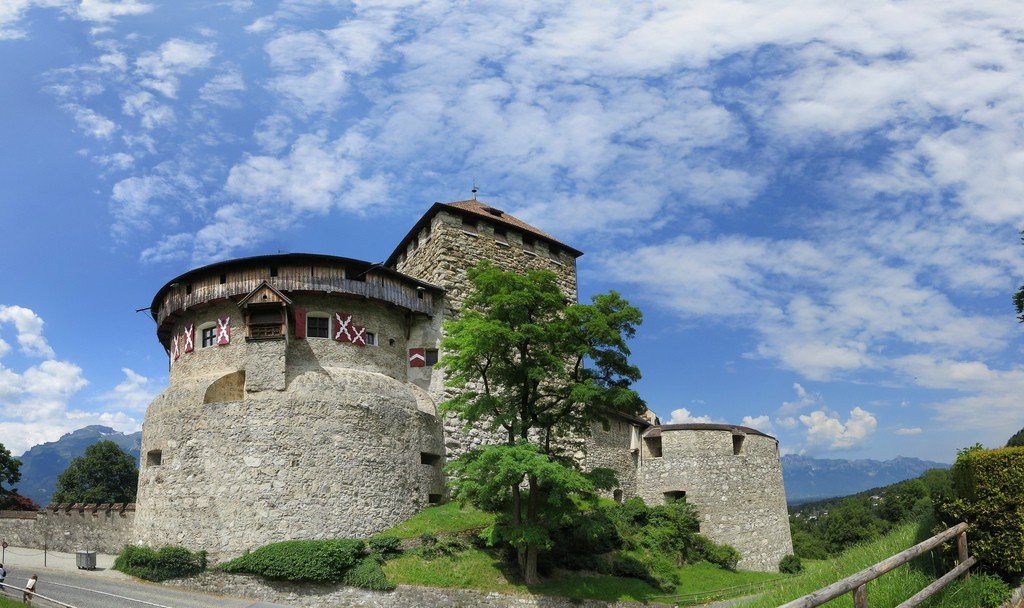
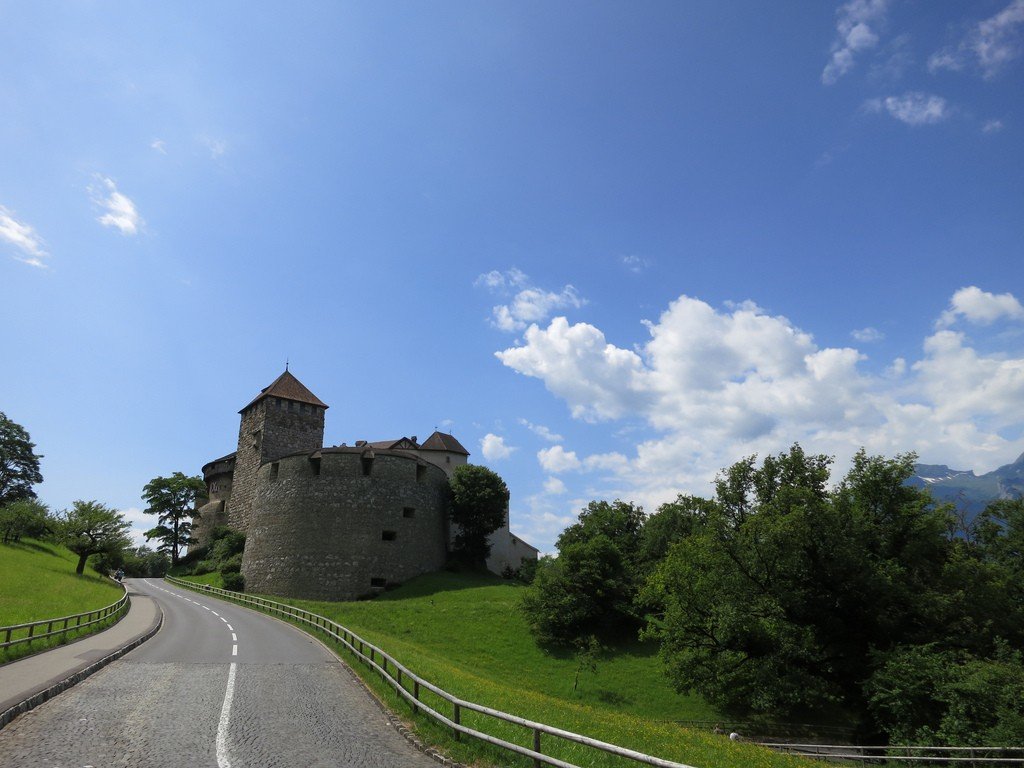
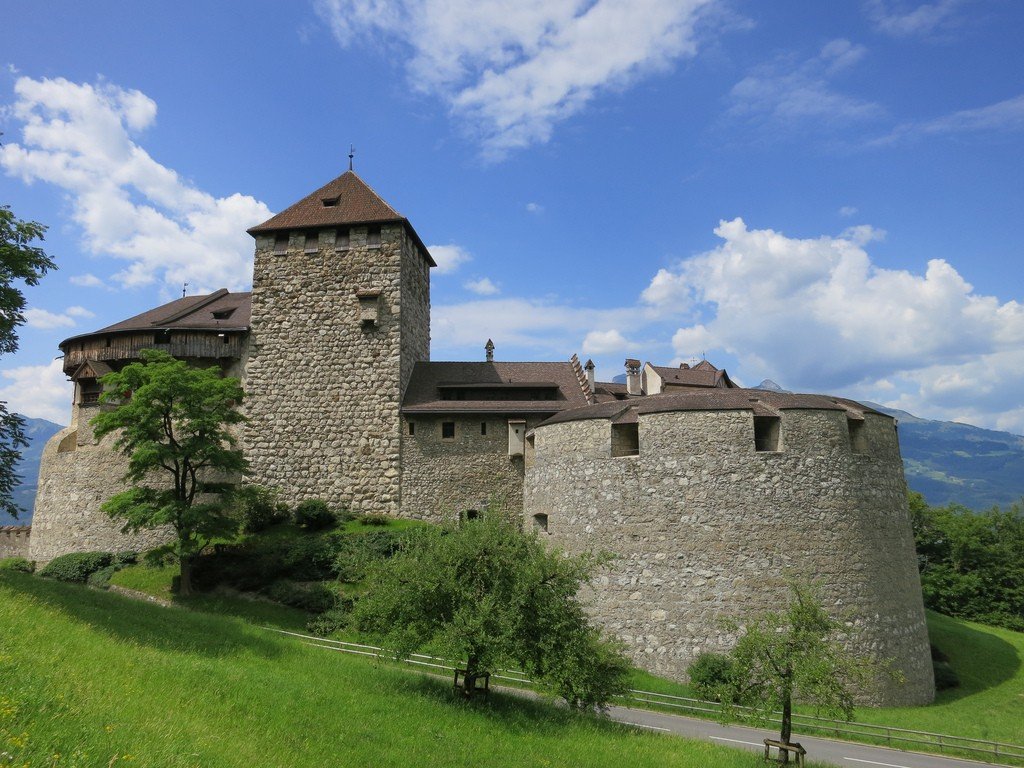
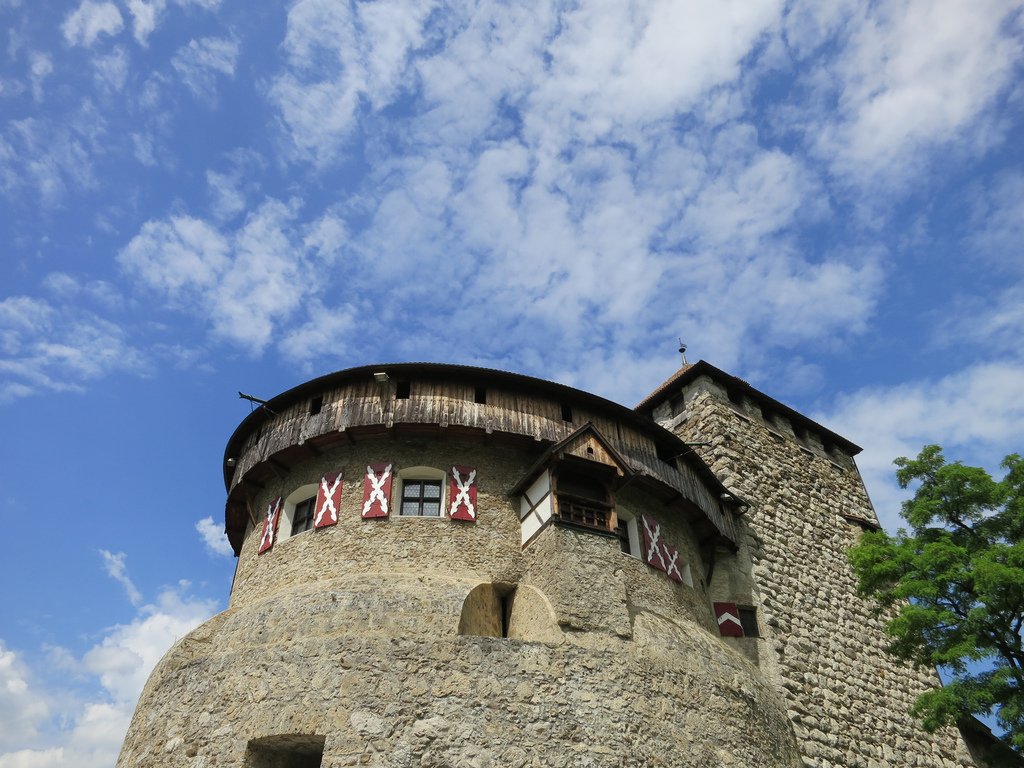
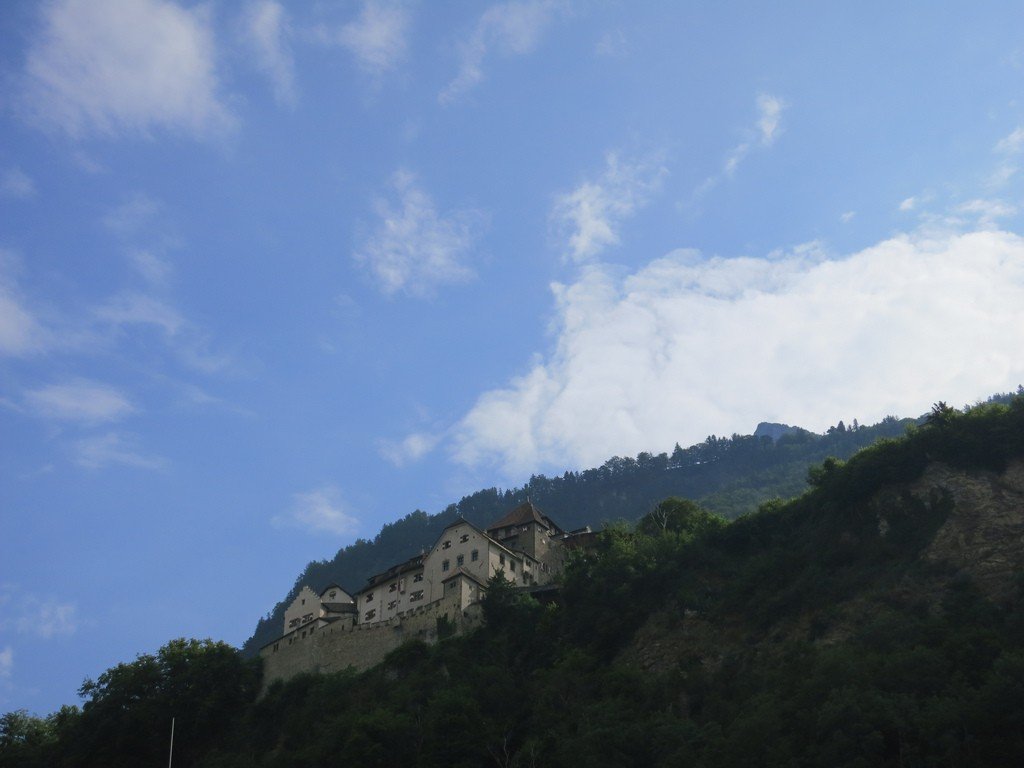
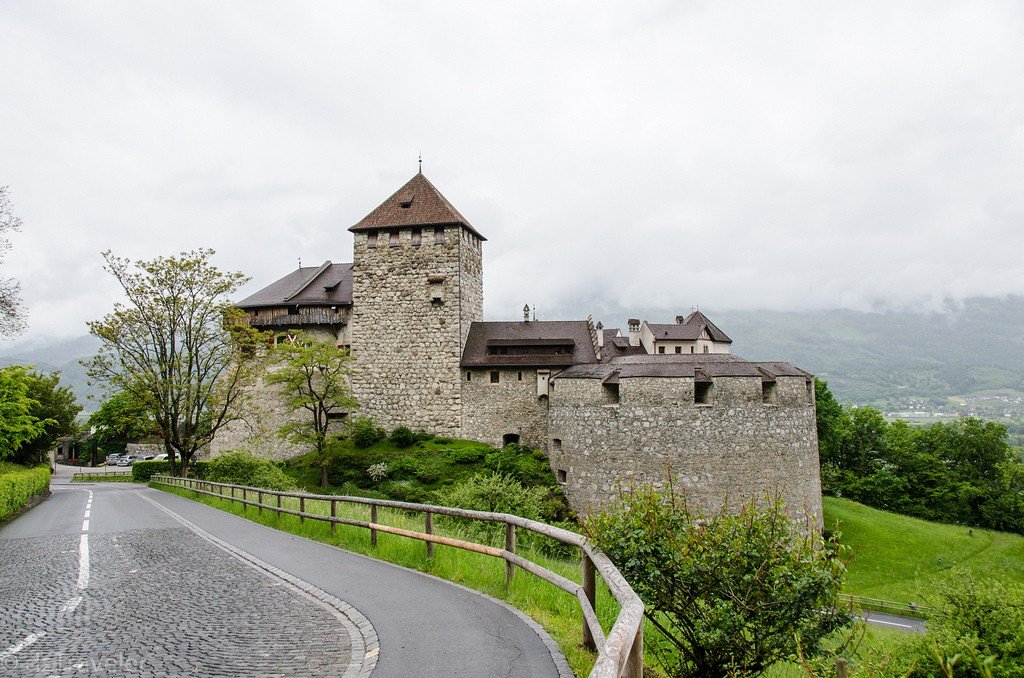
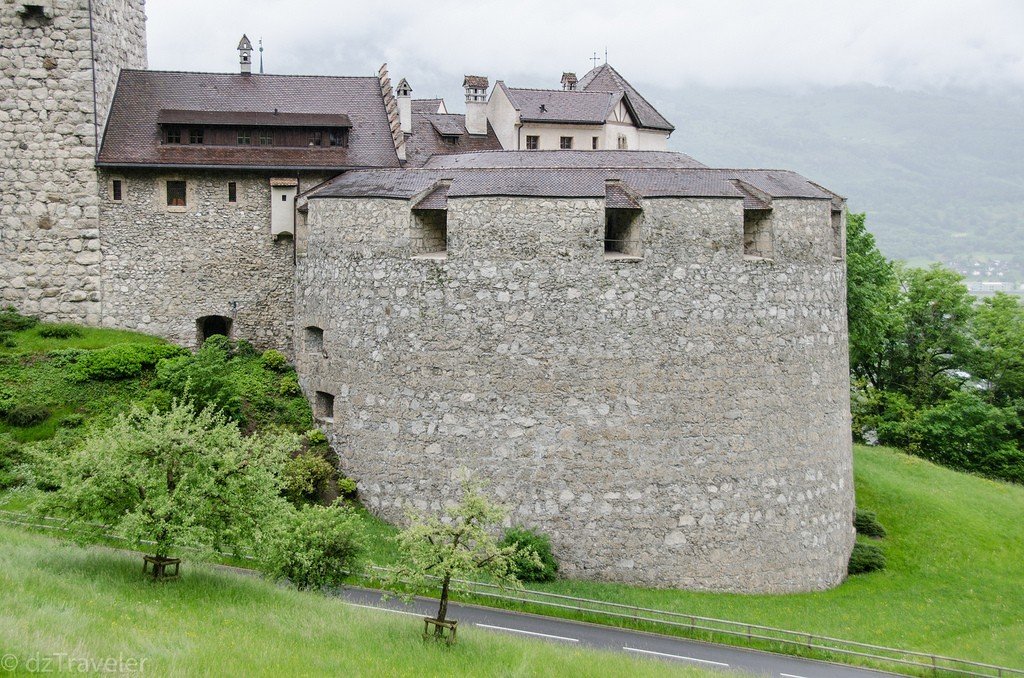
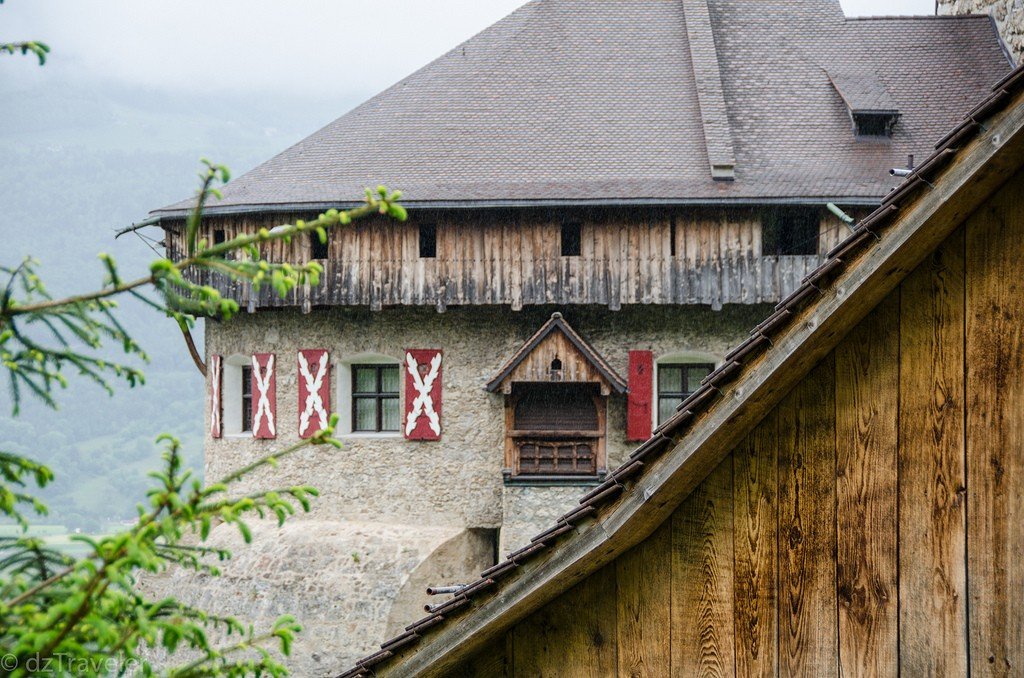
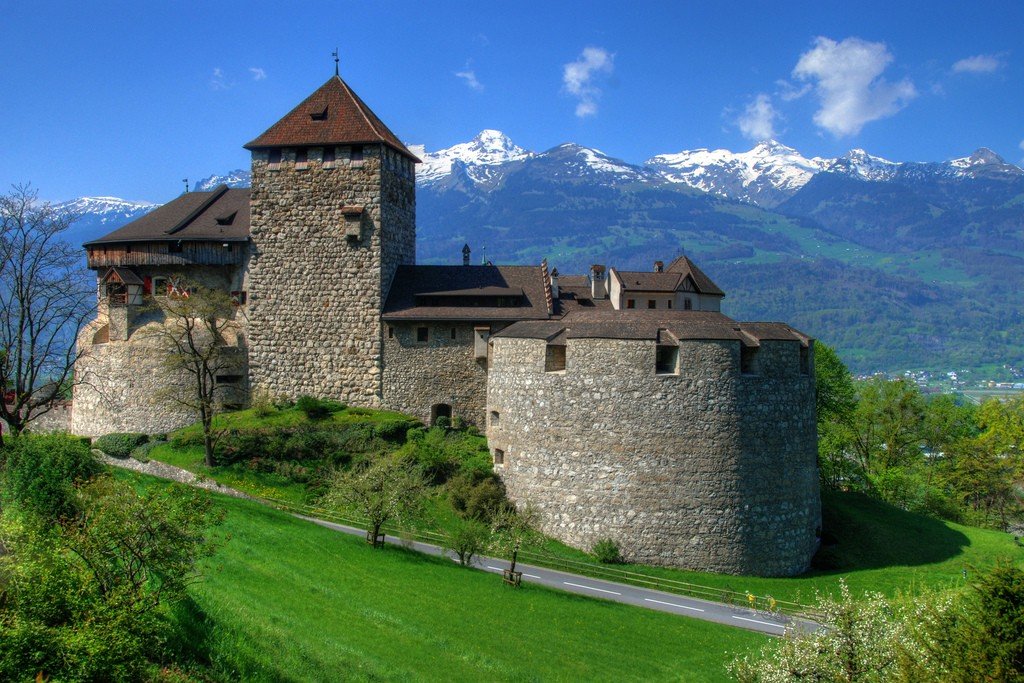
Video: Vaduz Castle
” title=”YouTube video player” frameborder=”0″ allow=”accelerometer; autoplay; clipboard-write; encrypted-media; gyroscope; picture-in-picture; web-share” allowfullscreen>%https://www.youtube.com/embed/ykMfhSzIYOY” title=”YouTube video player” frameborder=”0″ allow=”accelerometer; autoplay; clipboard-write; encrypted-media; gyroscope; picture-in-picture; web-share” allowfullscreen>Highlights
Over its centuries-long history, Vaduz Castle has undergone several reconstructions. The major alterations were carried out in the first half of the 17th century, when Count Caspar von Hohenems ruled the surrounding lands. Under his rule, the western buildings of the castle were substantially enlarged. Large-scale construction work took place at the beginning of the last century under Prince Johann II, as well as in the 1930s, when Prince Franz Joseph II ruled.
.
Vaduz has had the status of the main princely residence since 1938, and since that time it has been closed to the general public. It is possible to get inside the architectural monument, but only as part of rare excursions conducted by professional historians, and by invitation.
.
From the hill on which the castle stands, there is a beautiful view of the streets of Vaduz. For citizens and tourists, the doors of the ancient castle are open only once a year – August 15, when the country celebrates the Day of the State of Liechtenstein. Curiously, the tradition of this celebration was a colorful feast, which is held in the courtyard of the castle.
.
History of Vaduz Castle
The first documentary mention of the castle appears in a gift deed of 1322, by which Count Rudolf von Werdenberg-Zargans gave the buildings to Ulrich von Machu. At the end of the 15th century, during the bloody Swabian War, the ancient castle of Vaduz was destroyed by Swiss soldiers and had to be rebuilt.
.
Representatives of the Princes of Liechtenstein became masters of the castle in 1712, after they took possession of the lands of the county. Seven years later, Emperor Charles VI merged the counties of Vaduz and Schellenberg to form a new state, the Principality of Liechtenstein.
During the difficult years of World War II, the ancient fortress gave shelter to members of several royal dynasties in Europe. After the war, an American journalist visited the castle and described it as a communal apartment where the aristocracy of Europe lived.
.
Features of the architecture
The oldest central tower of Vaduz Castle rises on a base of 12 by 13 m, and its walls are up to 4 m thick. The entrance to the castle is located at a height of 11 meters. In the Middle Ages, St. Anne’s Chapel was erected in Vaduz, and later its main altar was rebuilt in the late Gothic tradition.
.
There are about 130 rooms and halls connected by complex passages. In the castle of Vaduz there is a rich art gallery belonging to the prince. According to art historians, this private collection is one of the best in the world.
.
How to get there
Vaduz Castle is located in the capital of the principality, at 150 Fürst-Franz-Josef-Strasse. Buses No. 11, 12, 12E, 12E, 13, 13E, 14, 21, 36E, 40, N1, N2 and N3 come close to the castle. You can go under the castle walls on a paved path that starts in the center of the Old Town. The climb up takes about an hour.
.